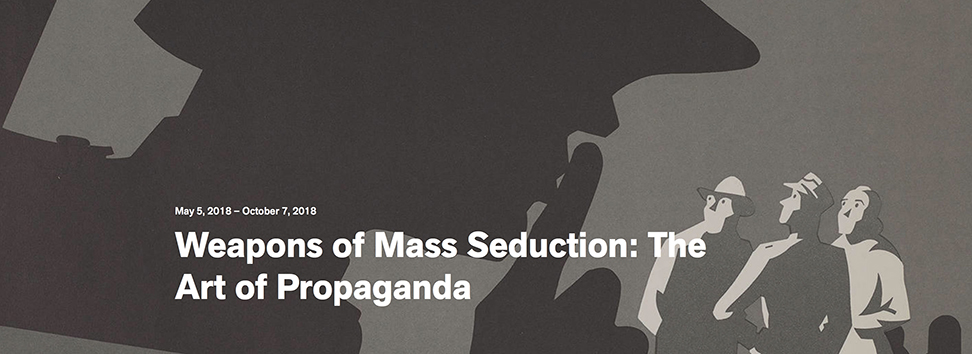RON HENGGELER |
August 9, 2018
The Institute For Propaganda Analysis, 1937-1942
In 1937, a group of academics based at Columbia University founded the Institute for Propaganda Analysis to educate the America public on the techniques of domestic propaganda. Although this institute ceased operations shortly after the US entry into World War II, its findings are still commonly cited in studies of advertising and political campaigns. One of the most potent propaganda techniques it identified in 1937 is “Card Stacking,” which seeks to manipulate audience perception of an issue by emphasizing one side and repressing another. In stacking the cards against the truth:
[The propagandist] uses under-emphasis and over-emphasis to dodge issues and evade facts. He omits facts. He offers false testimony . . . He creates a smoke screen of clamor by raising a new issue when he wants an embarrassing matter forgotten. He draws a red herring across the trail to confuse and divert those in quest of facts he does not want revealed. He makes the unreal appear real and the real appear unreal . . . he lets half-truth masquerade as truth. By the card stacking device, a mediocre candidate, through the “build-up,” is made to appear an intellectual titan.
The institute publicized other common rhetorical devices employed by propagandists, including Name Calling (using terms such as fascist, red, alien, and muckraker); Glittering Generalities (using virtuous terms like truth, freedom, and the American Way; Transfer (aligning one’s argument with a prestigious authority such as the church), Testimonial (false endorsements), the Bandwagon (pressuring the public to join or be left out) and Plain Folks (affecting the language and customs of ordinary citizens).
During the 1930’s, politicians, historians, and journalists in the United States became increasing aware of the role that foreign propaganda played in manipulating public opinion during the run up to World War I. Previously neutral, the term “propaganda” developed a stigma as an inherently undemocratic technique associated with totalitarian regimes.
The text above is the opening statement printed on the wall near the entrance to the show, Weapons of Mass Seduction: The Art of Propaganda, currently on display at the De Young Museum until October 7, 2018. |
Newsletters Index: 2019, 2018, 2017, 2016, 2015, 2014, 2013, 2012, 2011, 2010, 2009, 2008, 2007, 2006
Photography Index | Graphics Index | History Index
Home | Gallery | About Me | Links | Contact
© 2019 All rights reserved.
The images are not in the public domain. They are the sole property of the
artist and may not be reproduced on the Internet, sold, altered, enhanced,
modified by artificial, digital or computer imaging or in any other form
without the express written permission of the artist. Non-watermarked copies of photographs on this site can be purchased by contacting Ron.
